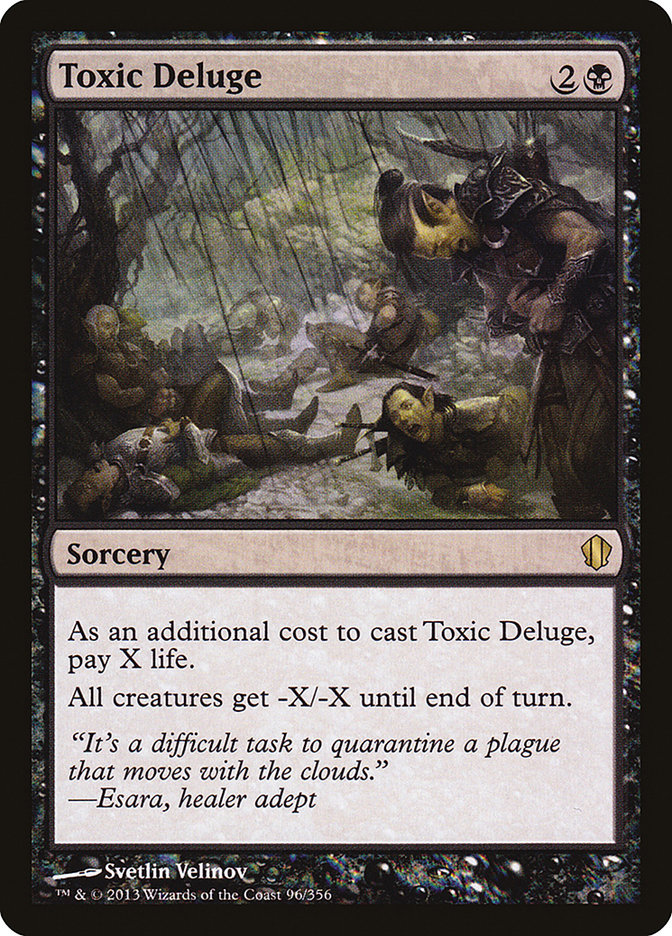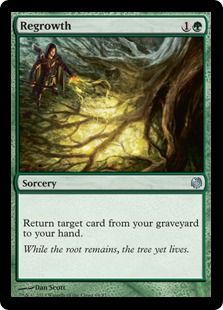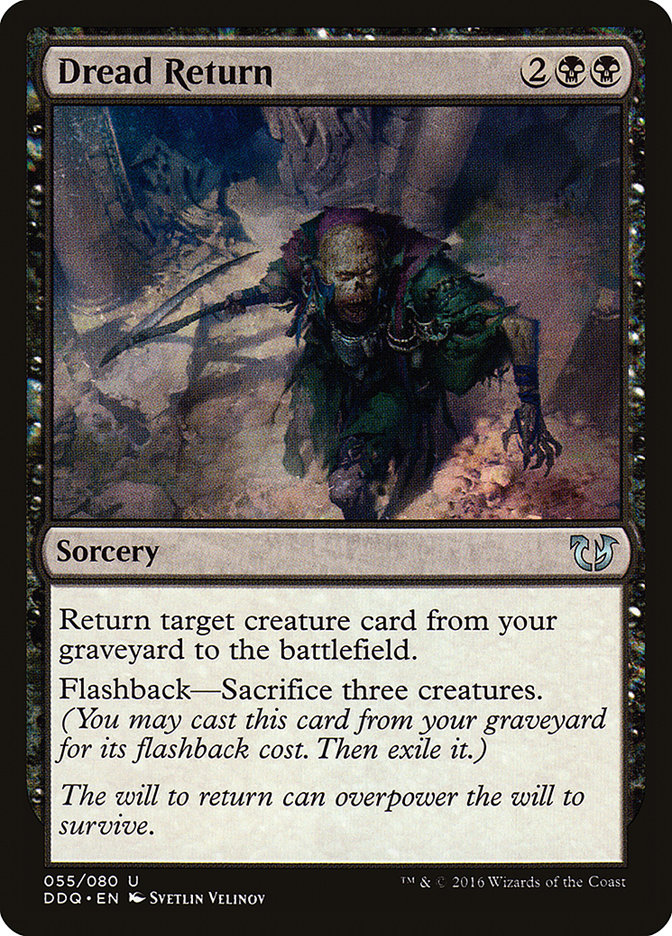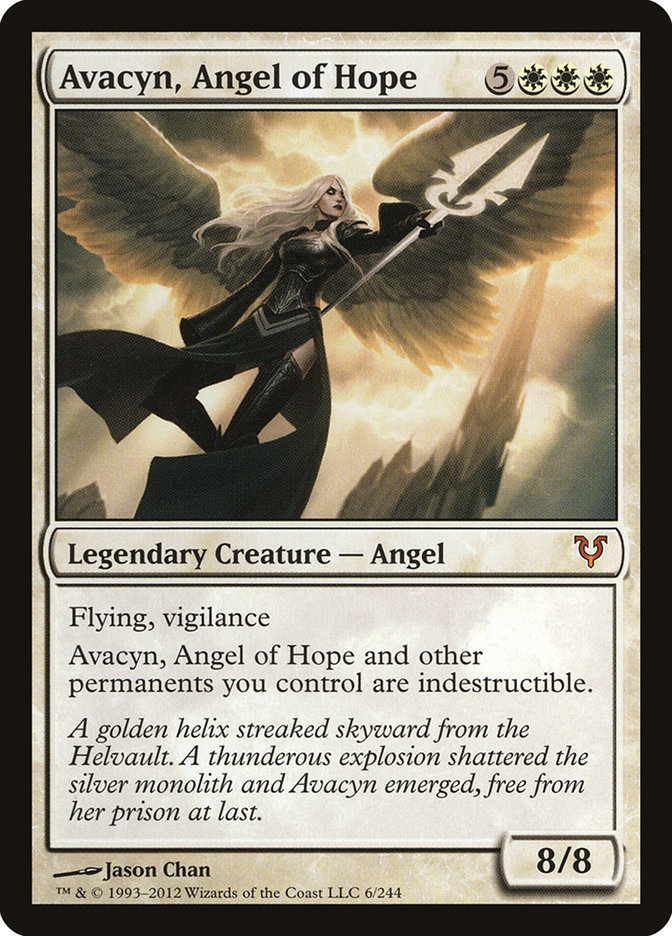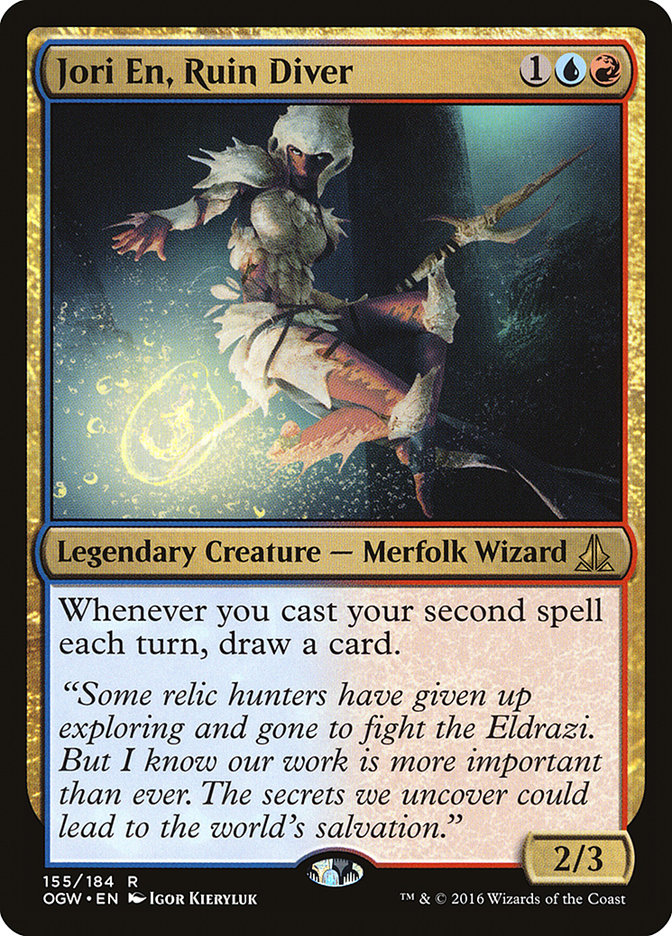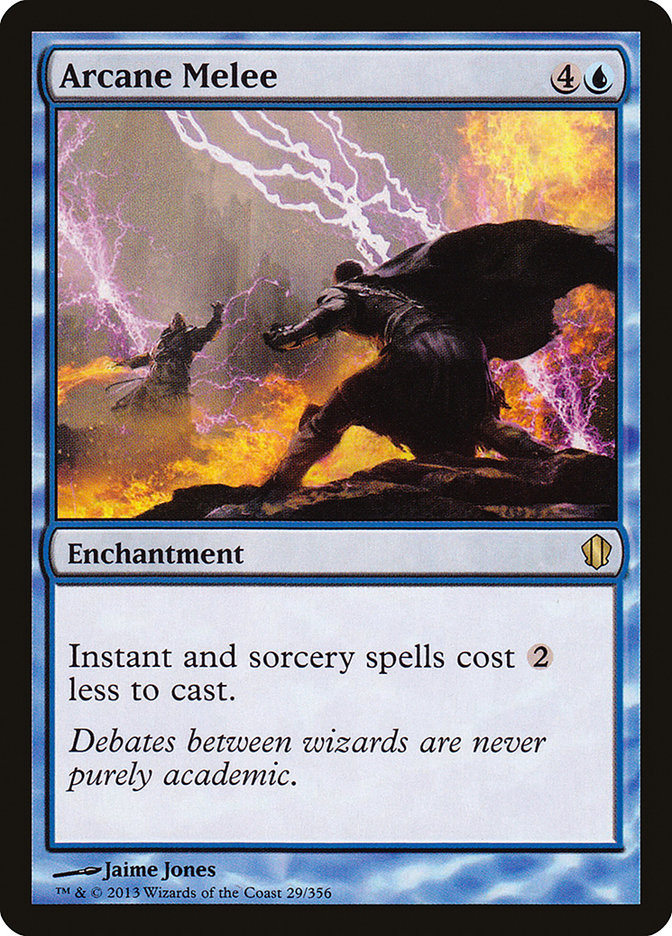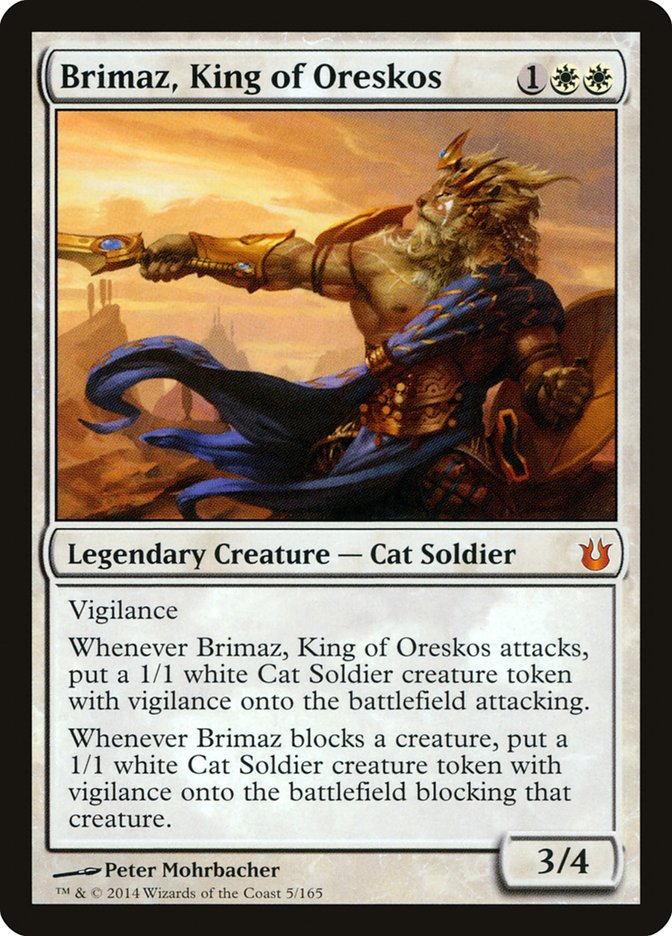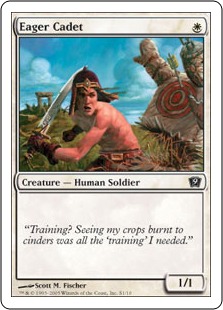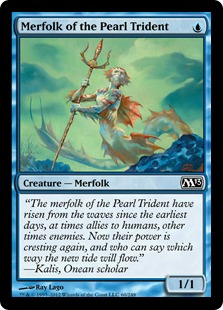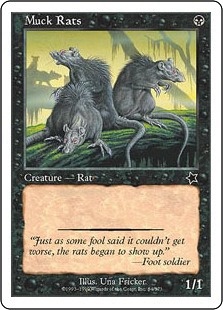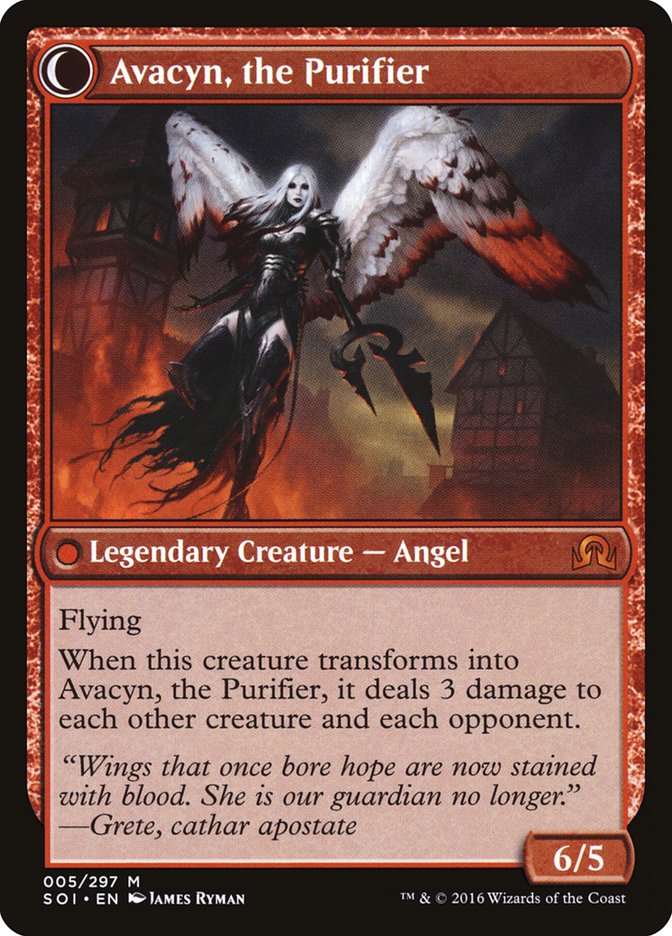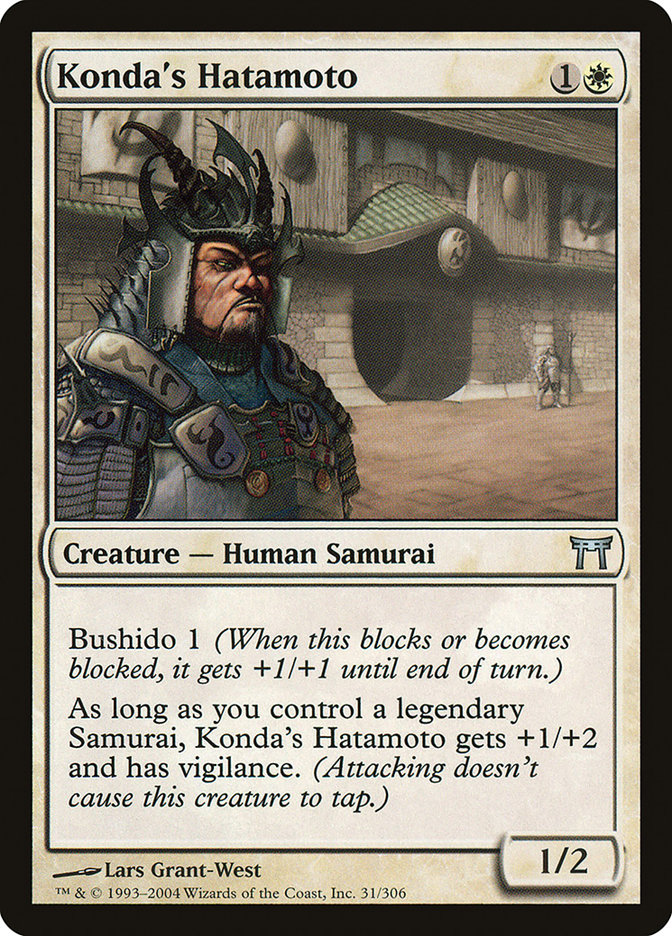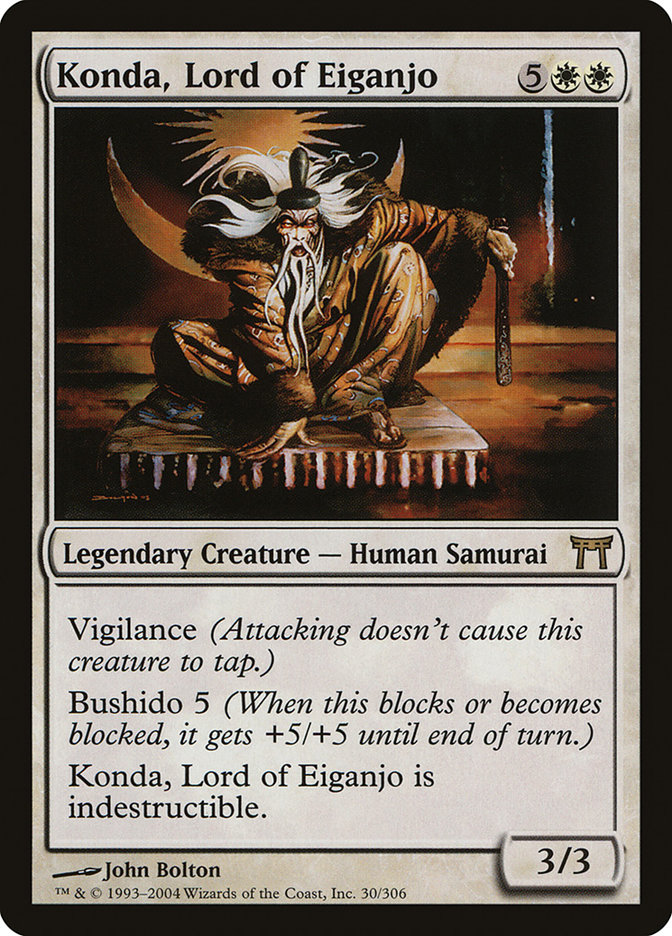Welcome to the final part of the Choosing Decks series, which focuses on the challenges in focus in different Commander pod sizes. Each number of players functions completely differently from the rest. Today I’m focusing on the six-player games, particularly variants on Commander to use for a game this size.
Six-player games for Commander are often completely unreasonable if the group is not prepared. There are few games more painful than a poorly prepared game with this many participants. All of the struggles of pacing in a five-player game are increased with the sixth player. More life, more players, more strategies to deal with, more sweepers, more collective card disadvantage as your opponents draw five cards to your one card.
What do you need in a deck?
To overcome this challenge you will need to have a few things in your Commander deck: powerful cards, recursion effects, a dedicated win condition, and spot removal. As always, card advantage and accelerating your gameplan (ramp) are important; sweepers are a definite method of generating card advantage.
If a single Toxic Deluge takes out six creatures, it was a six-for-one in your favor. This is a method of generating virtual card advantage that the tournament players discuss. It still matters in Casual settings too; the fundamentals do not change.
Power
In six-player game, you need to have some herculean effects. This does not mean I am suggesting a “good stuff” approach. Instead I think you need to have effects that matter to the game. An Atarka, World Render tribal Dragons deck is swinging hard in combat. A Karlov of the Ghost Council Voltron deck is still gaining lots of life and eliminating stuff. A Damia, Sage of Stone control deck is still reloading every turn. This is what I mean. A six-player game is definitely not the right time to bust your nifty Sivitri Scarzam Pauper Commander deck or the Anafenza Tiny Leaders-style deck; they just lack the necessary power to take out enough opponents.
Recursion
Recursion is an extremely important part of Commander that many players slack off on, me included. Getting back great cards is pretty much relevant all the time. If Snapcaster Mage is the bee’s knees for Modern and Legacy, Regrowth is basically the same effect but for any card type.
Returning a creature from the graveyard to the battlefield works the same way. Dread Return and Unburial Rites are particularly great at keeping the action moving, and their affordable costs mean you can play out a threat like Stormbreath Dragon and use Dread Return to bring back a Kokusho, the Evening Star to recover more quickly from a sweeper.
Recursion like Skull of Orm can be critical to get back a Doubling Season and go nuts with Marath, Will of the Wild. Even if your deck doesn’t have a lot of room, try to include a couple of ways to get key cards back. I favor either cheap recursion like Regrowth and Recollect or something reusable like Skull of Orm or Nezumi Graverobber.
Spot Removal
This section may seem a little strange with most Commander advice explaining how critical card advantage is and how a one-for-one trade is bad. However, sometimes you just need a single answer. Sword to Plowshares, Oblivion Strike, Krosan Grip, Into the Core, Rapid Hybridization…take your pick. You need some spot removal; otherwise you risk a single card blowing you out of a game.
Avacyn, Angel of Hope can mess up a sweeper. Don’t lose because you weren’t packing an answer. Spot removal should be instant-speed whenever possible; do not underestimate the ability to interfere with an opponent’s turn. Even something as simple as removing an opponent’s commander can be a Time Walk against them.
Dedicated Win Condition
I need to include this section to prevent someone from playing a durdle deck in a six-player game. I have a Jori En, Ruin Diver deck that has very few win conditions, it’s mostly a deck that just wants to draw cards with Jori En, Ruin Diver’s trigger and have fun with some cards like Oona’s Grace.
This deck is a blast to play, but not here. In a six-player game, your deck should be working towards a goal. I highly recommend following the advice from last week to have haymakers. A deck that has no dedicated gameplan in a six-player game will most often get blown out. A Doran, the Siege Tower deck of mine had a similar issue of durdling with practically no payoff. Those games with six players were miserable. However, a deck like Gisela, Blade of Goldnight from last week can close out games quickly and put the whole table on a clock, even when losing.
Variations on Commander
Rather than give a recommended decklist or plan for a six-player game, I discussed things your deck needs to succeed. Now I’m shifting gears a bit to talk about some other variations on our beloved format. I do enjoy six-player games; however, I find that moving away from a free-for-all is typically the best way to have a fun game for all participants. No one wants to have a Leyline of the Void and Helm of Obedience go off super-quickly and then get answered, or have a Godo, Bandit Warlord take out a player on turn 3 and run straight into a Shatterstorm, resetting them to nothing. These scenarios are fortunately not that common, but losing a six-player game before turn 4 and having to wait two hours for the game to finish is absolutely no fun. Let’s talk about some ways to shake up things for a six-player game.
Free-For-All
The free-for-all format is the default game for Commander. Everyone coming to a table has a reasonable expectation for a game to be free-for-all. The perk to this format with six players is the familiarity. However, the games are gigantic and cumbersome. If everyone is dying to play a free-for-all and is willing to commit the time for a six-player game, have fun. But if this format is the main desire of the table, I recommend splitting into three-player games and rotating the pods. This lets everyone play against different players. To distribute pods quickly and randomly, dice or cards are recommended. My LGS uses regular playing cards to create pods; all the aces form a pod, the kings another, queens a third, and jacks make a fourth.
Kingdoms
As I explained last week, this format has a lot of perks for changing the pace of the game and the goal of each player. The game still keeps the same roles of King, Knight, Usurper, Assassin, and Bandit. The only difference between five and six players for this format is the addition of a Bandit. This shakes things up more than many realize, with the Assassin needing to work harder to win, the Usurper having to be much surer of a decisive blow, and the Bandits adding a lot of pressure to the King and the Knight.
Secret Alliances
This format is one of my favorite ways to play Magic with multiple players, whether with Commander or regular-sized decks. For a six-player game, Secret Alliances needs three different basic lands and three Magic cards that correspond to each color.
The cards are shuffled and dealt face down to each player. The players who received a land card reveal their cards. This land begins on the battlefield for those players. The lands can be used to generate mana and cannot be removed from the battlefield. The players with lands roll to determine who goes first; a non-land player cannot go first.
The players who received a non-land card keep their cards face down. Each player is an ally with their match (Plains and Eager Cadet are allies); however, you cannot reveal your identity until your death (the lands are public knowledge). Only half of the table knows who is their ally. Play is a regular free-for-all in rules and gameplay.
There are a few ways to out your opponent, so be careful with certain cards. If you transform an Archangel Avacyn into Avacyn, the Purifier, only opponents take damage. If you are a land, your ally simply doesn’t take the damage. A quick double-check of life totals reveals this info, but opponents need to actually pay attention. But if you are a non-land, then you need to tell your opponent not to take the damage.
This can be dangerous if used incorrectly, as it tells the whole table that the two of you are allied. But it can also inform you as to who the heck in the game is your ally! Use it cautiously and have a blast working together (mostly) to take down the table. The winning team does not need to have both players remaining to win; just one will win the game for both players.
Emperor
The final format I’ll discuss today is Emperor Magic, a three-on-three format. In this format, the players sit three to a side of a table (long rectangular tables are simplest, but others work as long as you keep the game straight). The center player is the emperor and the two other players are generals, lieutenants, flanks, minions, or whatever; I’m most familiar with lieutenant, so I’ll be using that.
A team wins when the opposing emperor dies. Each player has a range of influence of two, meaning that in a game with Players X, Y, and Z against A, B, and C (lined up so that X and A are across the table from each other), when Player C casts a Wrath of God, it affects Players A, B, C, Y, and Z. Player X will have her battlefield untouched by the Wrath of God (note that emperors cannot directly impact each other at the start of the game).
Players can only attack an adjacent enemy; to attack an emperor, you must first take out the lieutenant between you and the emperor.
There is a rule where you can tap a creature and donate it to a teammate. This rule is optional. I leave it up to you. A variant to this is that it will make the creature summoning sick on the turn it untaps under a new player’s control, so they cannot attack or use an activated ability with the tap symbol the turn they enter the battlefield, change control, or the turn they untap; I tend to dislike the extra summoning sickness, as it already takes a while for a creature to move before a sweeper or spot removal hits it, but play what works best for your group.
Play turn order works like normal. A team that goes first begins with their emperor and then passes left. This is a rare format where going second can be beneficial to the whole team. One other tip: many teams tend to take a sword and shield approach to the game. The right player is a shield, protecting the emperor, while the left goes after the opposing emperor and can be supported through removal, pump effects, and the like, making it easier to break through an enemy’s defense.
The other, more common setups I have seen are two swords trying to break through as quickly as possible and two shields while the emperor lays out a lot of non-combat damage to the enemy lieutenants.
Get Out There
We did it! A whole mini-series on the games between three and six players in size and their differences, complete with strategies that work, the changes in the games, and suggested decks. There are even some variations to a typical Commander game to try out.
Let me know what your experiences with these formats are and what you think. If you have some house rules that make the gameplay better, definitely share them in the comments below or in the Twitterverse.
I’ll be back next week, talking about having a deck to lend to players new to Commander and what guidelines I have found that work best for that.
Which of these variants are you most excited to take for a spin?


